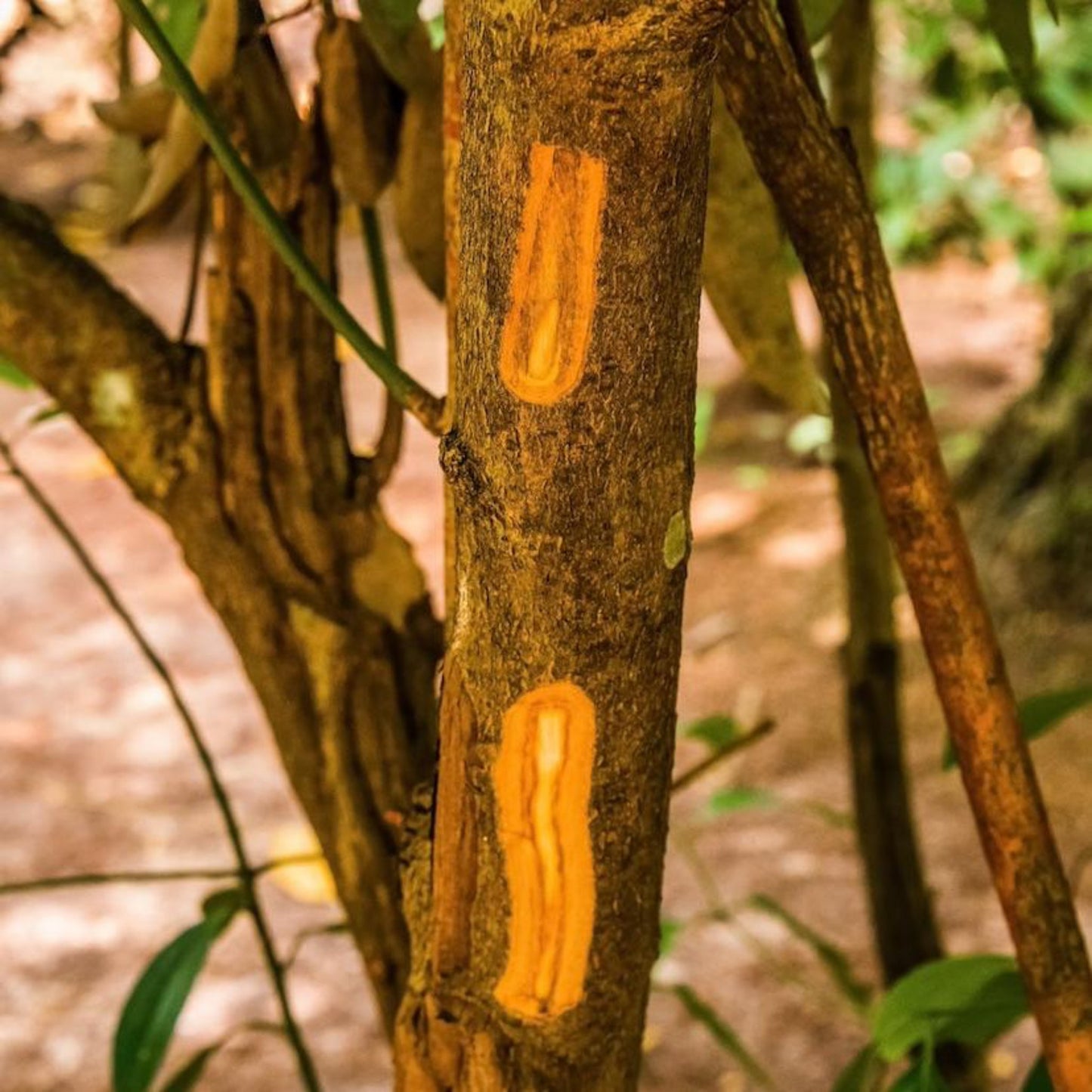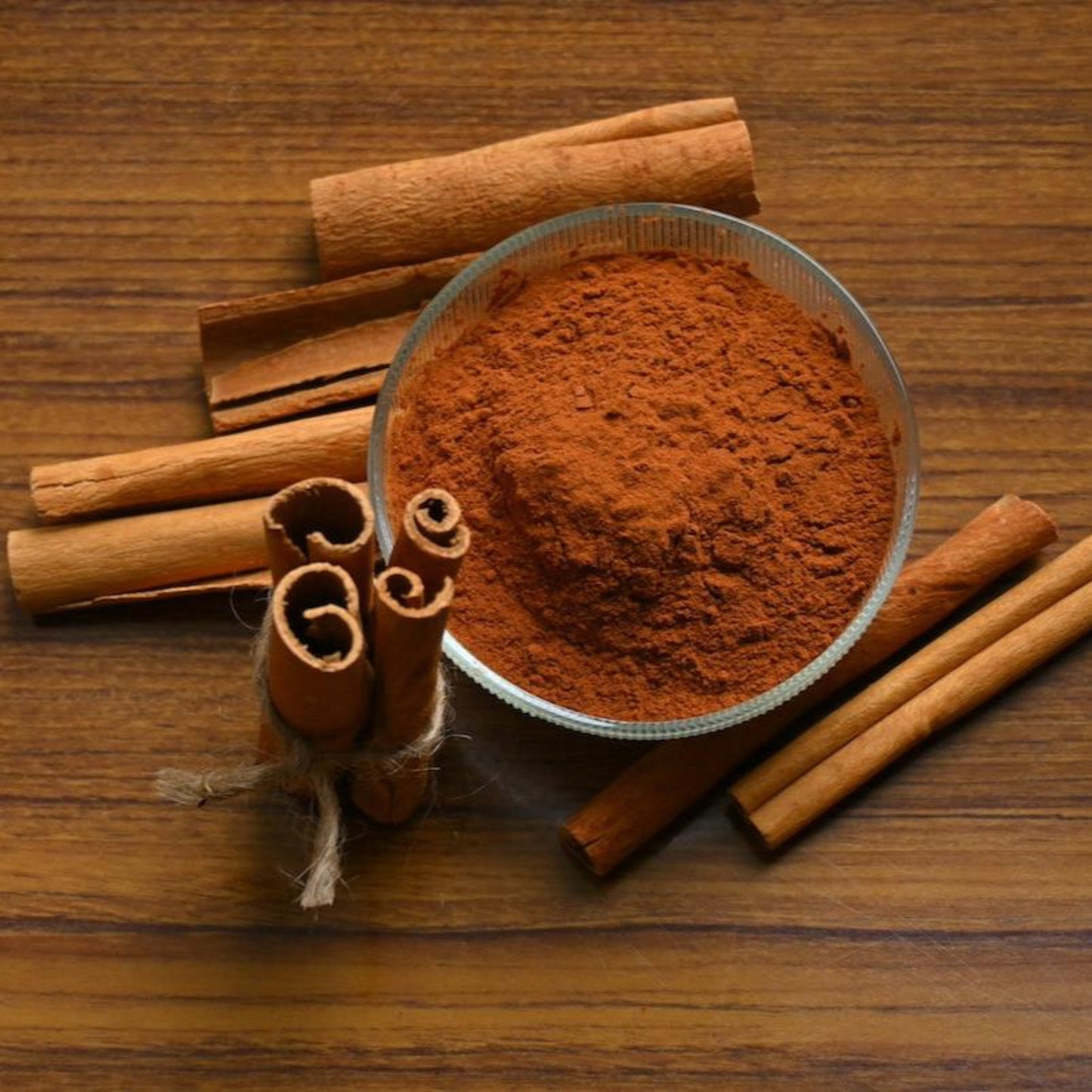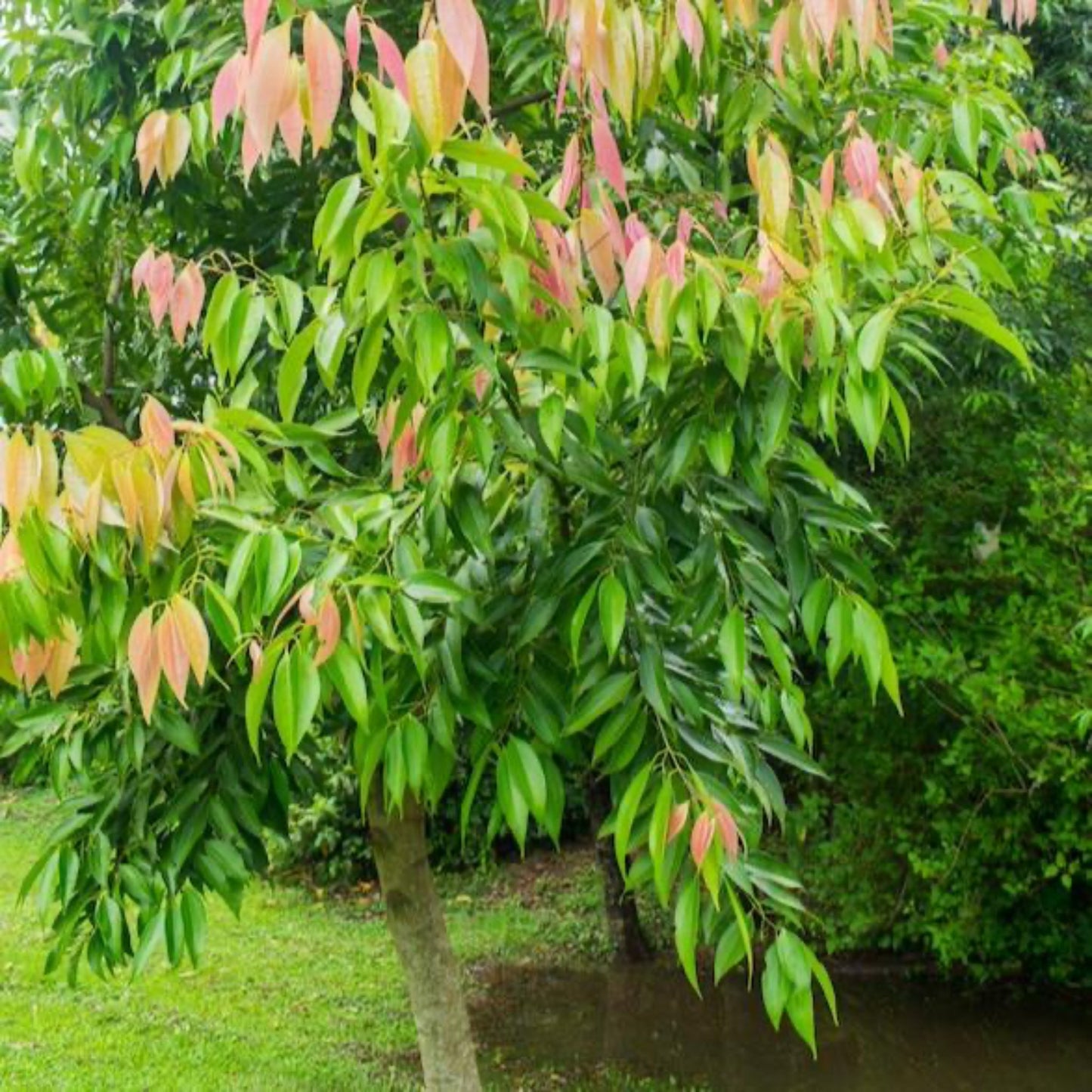Cinnamon Tree
Cinnamon Tree
SKU:EDB-TRO-CIN-NA-3G
Spice up Your Garden with the Cinnamon Tree
The Cinnamon Tree is more than just a fragrant beauty; it's your ticket to fresh, homegrown cinnamon. Native to Sri Lanka, this evergreen tree produces the same cinnamon sticks you find in your kitchen, with a more potent aroma and flavor. Why settle for store-bought when you can harvest your own?
Key Features:
- Flavor Explosion: Harvest cinnamon by removing the outer bark of your tree and enjoy this flavorful spice in all your favorite recipes.
- Aromatic Foliage: The leaves release a delightful cinnamon scent when crushed, making it a sensory experience in your garden or home.
- Evergreen Elegance: With glossy green leaves, the Cinnamon Tree stays lush all year round, adding a tropical vibe to your landscape or indoor space.
- Health Benefits: Cinnamon is prized for its health benefits like lowering blood pressure.
Whether you're a foodie or just love the idea of growing something unique, the Cinnamon Tree is a standout choice. Plus, who doesn't love the idea of having their own fresh cinnamon for baking or spicing up a cup of coffee?




Product Details
-
Product Category
Edibles
-
Product Subcategory:
Herbs
-
Botanical Name:
Cinnamomum verum
-
Does Not Ship To:
AZ, OR
-
Mature Height:
40-60 ft.
-
Mature Width:
15-20 ft.
-
Growing Zone:
3-11 patio / 9-11 outdoors
-
Indoor Growing:
Indoors or Patio (non-freezing)
-
Sunlight:
Full Sun
-
Growth Rate:
Slow
-
Harvest Time:
May and November
-
Bloom Time:
Summer

Planting Directions
<h2>How to Plant and Care for a Cinnamon Tree (Cinnamomum verum)</h2> <p>Cinnamon trees are tropical evergreens that thrive in warm, humid climates. Here's how to plant and care for one:</p> <h3>Planting Instructions</h3> <ul> <li><strong>Location:</strong> Choose a sunny to partially shaded spot with well-draining, loamy soil. Cinnamon trees prefer tropical or subtropical climates (USDA zones 9-11).</li> <li><strong>Soil Preparation:</strong> Mix organic compost into the soil to enrich it. Ensure the pH is between 4.5 and 5.5 (slightly acidic).</li> <li><strong>Planting Depth:</strong> Dig a hole twice as wide and as deep as the root ball. Place the tree in the hole and backfill with soil, ensuring the root crown is level with the soil surface.</li> <li><strong>Spacing:</strong> If planting multiple trees, space them at least 10-15 feet apart to accommodate their mature size.</li> <li><strong>Container Planting:</strong> Use a large container (at least 18-24 inches in diameter) with good drainage. Fill it with a well-draining potting mix and water regularly.</li> </ul> <h3>Watering and Care</h3> <ul> <li><strong>Watering:</strong> Keep the soil consistently moist, especially for young trees. Water deeply once or twice a week, allowing the top inch of soil to dry out between waterings.</li> <li><strong>Mulching:</strong> Apply a 2-3 inch layer of organic mulch around the base of the tree to retain moisture and suppress weeds.</li> <li><strong>Fertilization:</strong> Feed the tree with a balanced, slow-release fertilizer every 2-3 months during the growing season (spring and summer).</li> <li><strong>Pruning:</strong> Prune in late winter to remove dead or diseased branches and maintain a good shape.</li> </ul> <h3>Harvesting</h3> <p>Cinnamon bark can be harvested from 2-3-year-old branches. Cut a small section of bark, allow it to dry, and curl into quills. Harvest only small portions to allow the tree to continue growing.</p>

FAQs
<h2>FAQs about the Cinnamon Tree</h2> <h3>1. What is a Cinnamon Tree, and how does it produce cinnamon?</h3> The Cinnamon Tree (Cinnamomum verum) is an evergreen tree native to Sri Lanka, prized for its aromatic bark, which is harvested to make cinnamon spice. The inner bark is carefully peeled off, dried, and curled into the familiar cinnamon sticks, which can also be ground into powder. This process usually begins when the tree is 2-3 years old. <h3>2. Can I grow a Cinnamon Tree at home?</h3> Yes, you can grow a Cinnamon Tree at home! These trees thrive in warm, humid climates, so they do well outdoors in USDA zones 9-11. However, they can also be grown indoors in containers as long as they have access to bright, indirect light and humidity. Keep in mind that a potted Cinnamon Tree might not grow as large as one planted in the ground, but it will still produce cinnamon bark over time. <h3>3. How long does it take for a Cinnamon Tree to produce harvestable cinnamon?</h3> A Cinnamon Tree typically takes 2-3 years to produce its first harvest of bark. After the initial harvest, the tree can be harvested every 2 years. When the bark is ready, it’s cut from the branches in strips, and after drying, it naturally curls into cinnamon sticks. <h3>4. What kind of care does a Cinnamon Tree need?</h3> Cinnamon Trees are relatively low-maintenance but do need specific conditions to thrive: <ul> <li><strong>Light:</strong> Bright, indirect sunlight.</li> <li><strong>Water:</strong> Regular watering, keeping the soil consistently moist but not waterlogged.</li> <li><strong>Temperature:</strong> Warm temperatures (70-90°F), as they are sensitive to cold and frost.</li> <li><strong>Soil:</strong> Well-draining, slightly acidic soil.</li> <li><strong>Humidity:</strong> High humidity is preferred, especially indoors.</li> </ul> <h3>5. Can Cinnamon Trees be grown indoors year-round?</h3> Yes, Cinnamon Trees can be grown indoors year-round, making them a great option for people who live in cooler climates. They adapt well to container life, provided they have enough light and humidity. Use a humidifier or mist the tree regularly to maintain humidity levels.





